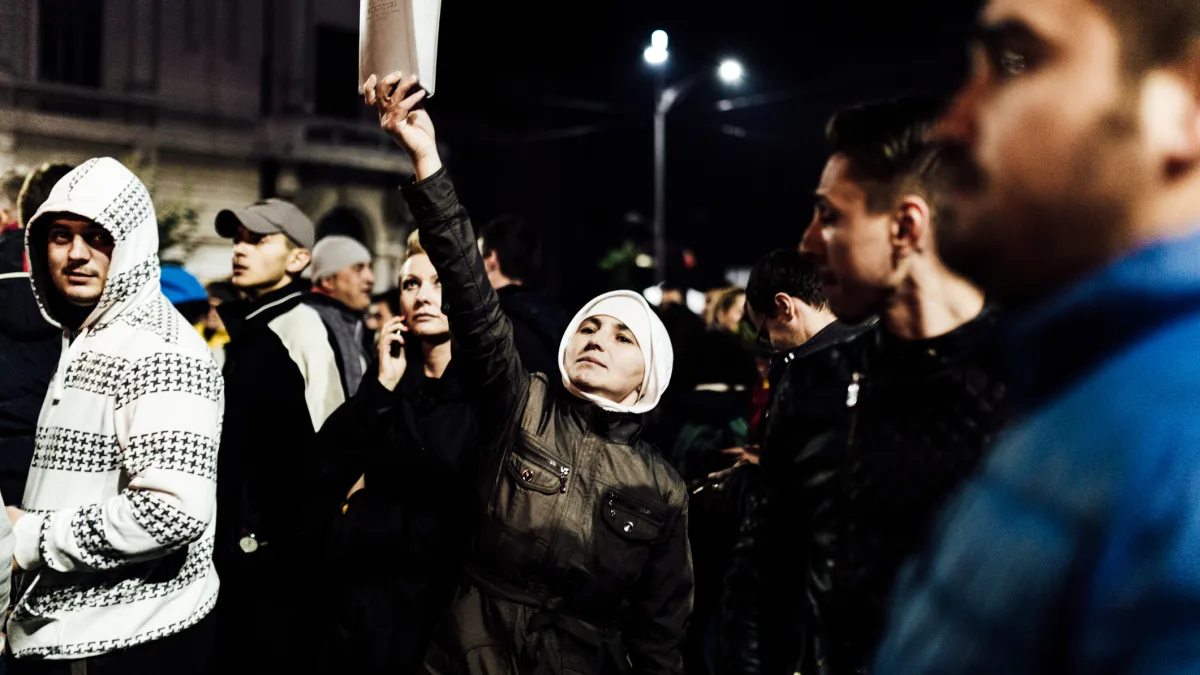The Economist frequently calls it ‘a club of mostly rich countries’, and indeed the Organisation for Economic Co-operation and Development (OECD) conjures images of an invitation-only establishment where ministers discuss trade policy over expensive brandy after endless rounds of golf.
And yet unlike the European Union, it offers no financial aid packages. Unlike NATO, it provides no military protection. Yet across the globe, from Indonesia to Argentina, countries are clamouring to join the 38-member organisation.
The answer lies not in what the OECD offers its members, but in what membership signals to everyone else. As of 2024, OECD member countries collectively comprise 62.2 per cent of global nominal GDP and their collective population is 1.38 billion people with an average life expectancy of 80 years and a median age of 40, against a global average of 30.
This concentration of economic power makes OECD membership the ultimate quality stamp for any aspiring economy.
Consider the numbers that matter to international investors: OECD member countries account for over 90 percent of global official development assistance, and half of the world’s energy consumption, despite representing only 18 per cent of the world’s population.
For any country seeking to attract foreign direct investment, association with this economic elite can open doors that would otherwise remain firmly shut.
Research confirms what policymakers instinctively know: sovereign credit ratings of both donor and recipient countries are important drivers of bilateral FDI flows, with OECD recipients receiving more FDIs when their credit rating is high. OECD membership doesn’t just correlate with higher ratings—it actively helps maintain them by demonstrating adherence to international standards.
The peer-review advantage
At its heart, the OECD operates as a sophisticated peer-review mechanism. Countries don’t just join; they submit to ongoing scrutiny from their economic peers.
This process, whilst sometimes uncomfortable, provides invaluable policy intelligence. Members gain access to detailed comparative data on everything from tax structures to educational outcomes, labour market policies to environmental regulations.
The reforms required for OECD accession can create a better business environment, reduce costs and increase efficiency, as OECD Secretary-General Mathias Cormann noted when Indonesia and Thailand began accession talks in 2024.
This isn’t mere diplomatic flattery—the accession process genuinely forces institutional improvements that outlast the membership application.
Asia’s great awakening
The current expansion into Southeast Asia illustrates the OECD’s evolving relevance. Indonesia is the seventh largest economy in the world based on purchasing power parity and is the only Southeast Asian country in the G20, whilst Thailand is the second biggest economy in Southeast Asia.
Their applications represent more than geographical diversification—they signal recognition that economic power is shifting eastward.
Today, only two other Asian nations—Japan and South Korea—are OECD members. Moreover, in recent decades, the global economy has changed dramatically.
Non-OECD countries like China, Brazil, and India have significant influence on trade and international cooperation, increasing the need for the OECD to diversify its membership.
The standards effect
Perhaps the OECD’s greatest attraction is its role as a standard-setter. The organisation’s guidelines cover everything from multinational taxation to foreign direct investment regulations. The FDI Qualities Initiative equips governments with indicators, standards, and policy analysis to understand how FDI affects the economy, whilst the OECD Foreign Direct Investment Regulatory Restrictiveness Index measures four types of statutory restrictions on FDI: foreign equity restrictions, screening and prior approval requirements, rules for key personnel, and other restrictions on the operation of foreign enterprises.
These aren’t merely academic exercises. International investors increasingly use OECD standards as benchmarks for assessing risk and opportunity. Countries that meet these standards find themselves in a different investment category altogether.
Data and network dividends
In an era where information is power, OECD membership provides unparalleled statistical visibility. The OECD is recognised as a highly influential publisher of mostly economic data through publications as well as annual evaluations and rankings of member countries. In July 2024, the OECD announced that it, “has transitioned to [an] open-access information model” and that Creative Commons CC‑BY‑4.0 attribution licenses will be used on all data and publications.
This statistical prominence matters enormously. When the OECD publishes comparative data on education (through PISA rankings), economic performance, or governance indicators, global media attention follows. Countries want to be included in these influential league tables, not merely observed from the sidelines.
Beyond formal structures lies the OECD’s most valuable asset: its networks. Finance ministers, central bank governors, and senior civil servants build relationships through OECD committees that prove invaluable during crises or negotiations. These informal connections often matter more than formal diplomatic channels.
Australia values the OECD’s evidence-based economic and social policy analysis across issues including health, education, employment, trade, investment, agriculture, food security, energy, the environment, climate change and development cooperation, notes Australia’s Department of Foreign Affairs and Trade. Such comprehensive engagement creates multiple touchpoints for policy coordination and mutual learning.
The democratic dimension
Membership also carries important political capital. The OECD is a forum whose member countries describe themselves as committed to democracy and the market economy. In an era of rising authoritarianism, this democratic credential becomes increasingly valuable for countries seeking to differentiate themselves from autocratic neighbours.
The organisation suspended Russia and Belarus in 2022 following the invasion of Ukraine, demonstrating that membership comes with expectations about international behaviour. This principled stance enhances the club’s prestige among democratic nations.
However, exclusivity comes at a cost. The OECD requires unanimity among all of those voting for new members, giving existing members effective veto power. In March 2024, the Roadmaps for the Accession to the OECD were adopted with Argentina and Indonesia, and in July 2024, also with Thailand, showing the lengthy process involved.
The accession process demands significant reforms across multiple policy areas. Countries must align their legal frameworks, statistical systems, and institutional practices with OECD standards—a process that can take years and face domestic political resistance.
The irresistible logic
Despite these hurdles, the logic of OECD membership remains compelling. In a world where reputation translates directly into economic opportunity, the organisation offers something that no bilateral trade deal or development aid can provide: international recognition that a country belongs among the world’s most sophisticated economies.
Global economic growth remained resilient in 2024. However, recent indicators suggest softening growth prospects, with measures of economic policy uncertainty having risen markedly alongside the imposition of new trade barriers by a number of countries, notes the OECD’s latest economic outlook. In such uncertain times, membership of an institution dedicated to international economic cooperation becomes even more valuable.
For emerging economies, OECD membership represents the ultimate graduation ceremony—proof that they’ve successfully transitioned from aid recipients to donors, from rule-takers to rule-makers. It’s a transformation that opens doors, attracts investment, and signals arrival on the global economic stage.
The queue of applicants tells its own story. In a world where soft power increasingly matters as much as hard economics, membership of the Economist’s ‘club of mostly rich countries’ has become the gold standard for economic respectability.
And in that regard, perhaps the price of admission—however steep—seems entirely reasonable.
Photo: Dreamstime.







